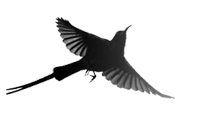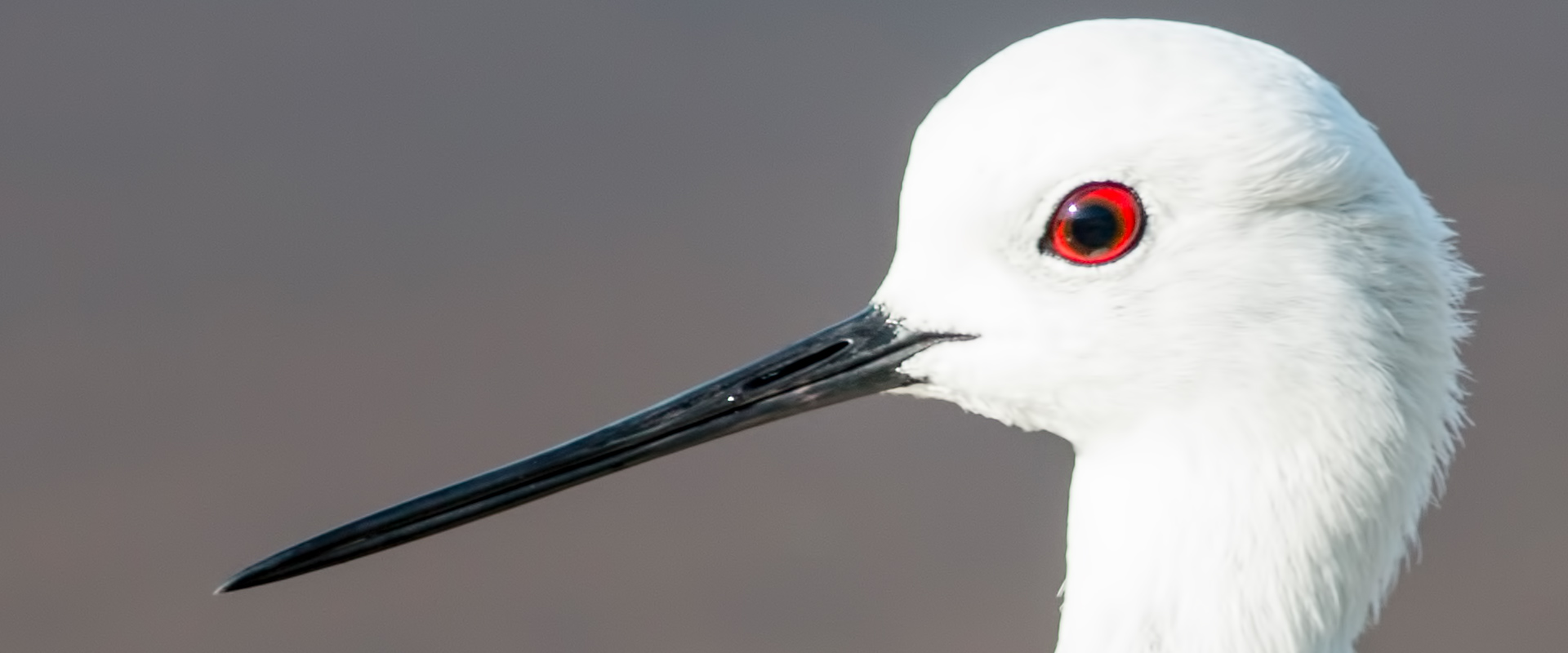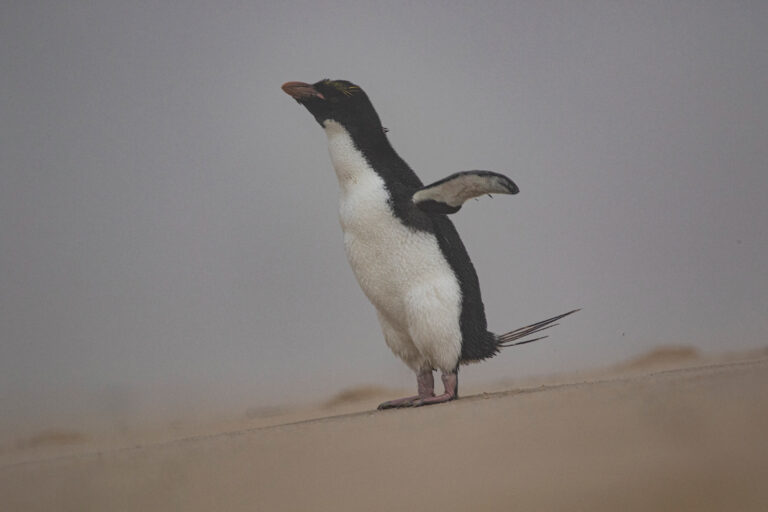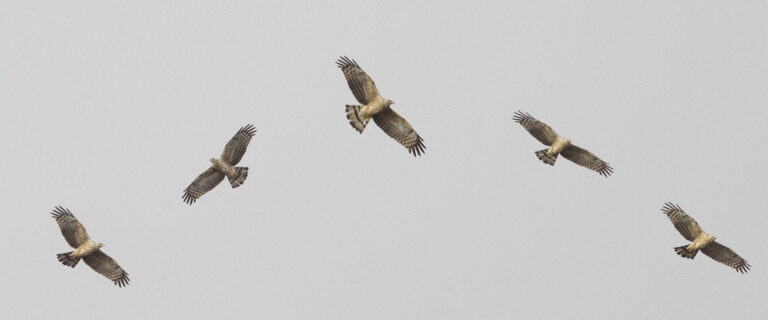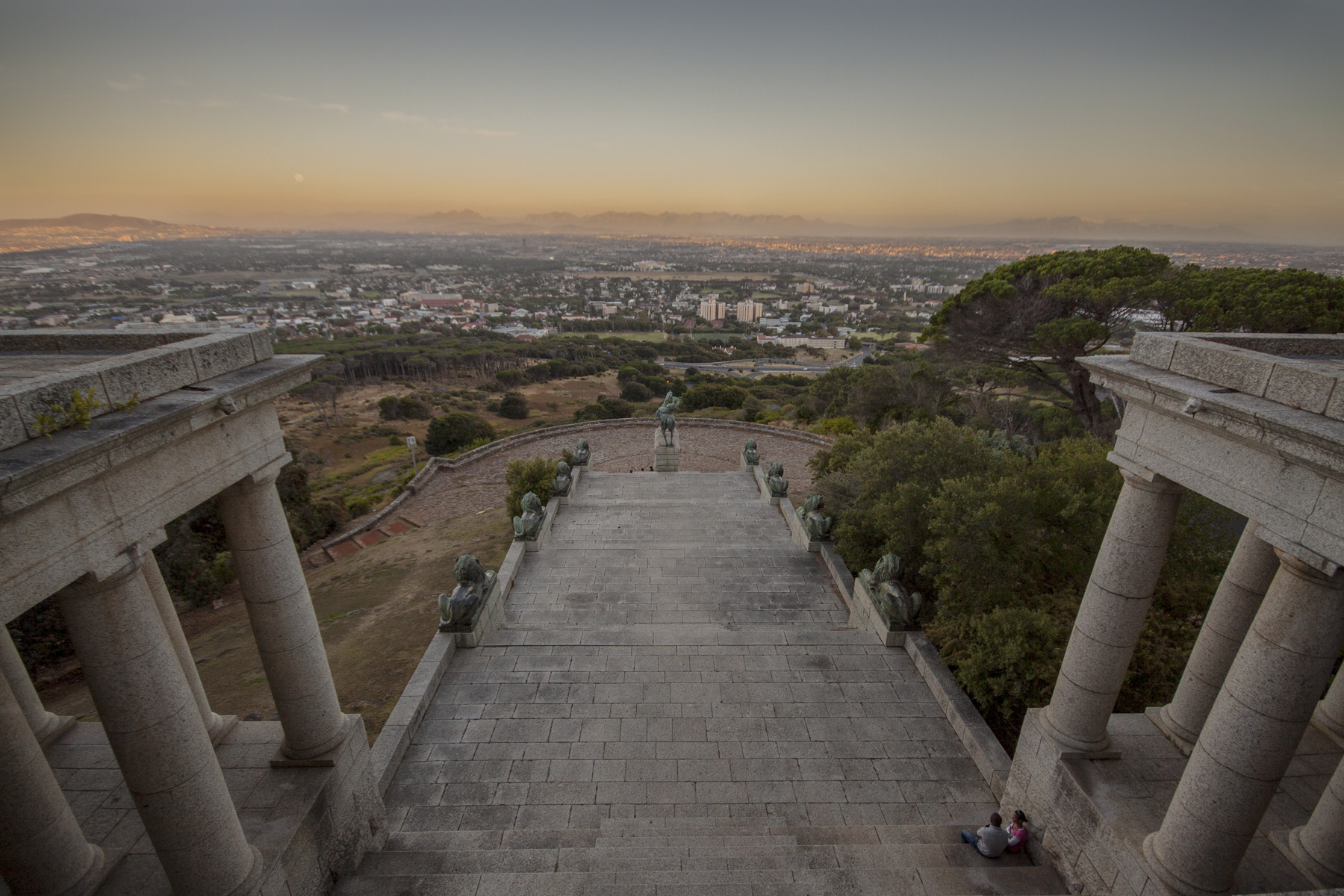A Winter Visit to False Bay Nature Reserve
With a rare weekend of beautiful winter weather on the cards, I made sure to get out in the field as much as possible this weekend. Saturday I spent the day at Lourensford Farm building up a list of species for their conservation department, while on Sunday I went through to Strandfontein Sewage Works with Monique, in the attempt to see if any of the waders were perhaps arriving a bit ahead of schedule, especially since there’s already been a few reports of various migrants having returned this week across the country.
We arrived to a slight breeze, which calmed down within an hour, otherwise conditions were great with a sunny sky and only traces of cirrus clouds at altitude. As so often the case, we were greeted by some raptors upon entering the main gate of the Zeekoevlei area. A single juvenile Jackal Buzzard and a Black Shouldered Kite were both present on our drive. Upon entering the sewage works area we also got a great display by a couple of African Marsh Harriers, banking in the morning light.
Spring is Near
We began our journey of canvasing all the pans, encountering a number of species along the way, mostly all the usual suspects. Both Zitting and Levaillant’s Cisticola, African Swamphen, Red-Knobbed Coots etc.

As we came up to the P2 pan, we ran into Dana Goldberg, another birder. She was watching some waders down near the shoreline. We grabbed some shots and agreed (in error) that the birds were Ruffs. Albeit, in my mind I had remembered Ruffs to have small straight bills. Upon returning home and looking at the images, it immediately clicked that I was looking at Curlew Sandpipers and not Ruffs at all. The whole situation made me realize that I need to do far more birding with waders. Last year was the first that I actually saw Wood and Marsh Sandpiper. After 6 years of birding, one would have thought that I’d have spent more time around pans of water, but instead most of my early years was spent almost solely looking for rare raptors, with my eyes facing the other direction.



Regardless, encountering a group of 7 Curlew Sandpipers was interesting at the end of July. While some Curlew Sandpiper do overwinter, with reports of Lesser Striped Swallow, African Emerald Cuckoo and Red-Chested Cuckoo already reported from parts of the country, it is likely that this group is a group of early returning migrants.
We continued to move around the works, covering as much as possible. In the process we were given some good views of a few common species such as Glossy Ibis, Southern Masked Weaver and Black Headed Heron.
Masses of Pochards
While heading towards the S pans I noticed a male Southern Pochard on a small area of water. Monique still needed Pochard for her life list which was started a few months ago, so we tried to get views again but it hid behind the reeds, obscuring the vision I had of it. None the less, a few meters on we came across another 2 individuals out in the open, swimming with a Hottentot Teal. Monique was able to pick up a new tick, and we then moved on.



Just a pan or two away, at S8 we encountered a mass of Southern Pochards like I’d never seen. I counted over 100 birds within a few meters of each other, it was absolutely teeming. While Southern Pochard are by no means rare, one doesn’t usually see them in such a massive concentrated manner, which was very interesting to witness. We also got some South African Shelduck on the opposite pan.



We moved on and soon had some excellent views of Spurwinged Geese flying overhead interacting, along with both views of a Black Headed Heron eating a skink and a Rock Kestrel with a mouse in its talons.
The Last Moments
From there we did another loop, hoping to pick up something rare on the way, but it was not to be. Instead we enjoyed some close up views of Black-Winged Stilts and Western Cattle Egret. We attempted to find the Squacco Heron which had been somewhat of a frequent sighting over the past few months, but had no luck.


Overall it was a good day to be out with the camera and enjoying the clear weather, and with Spring around the corner I’ll be becoming a more regular visitor this time around.
